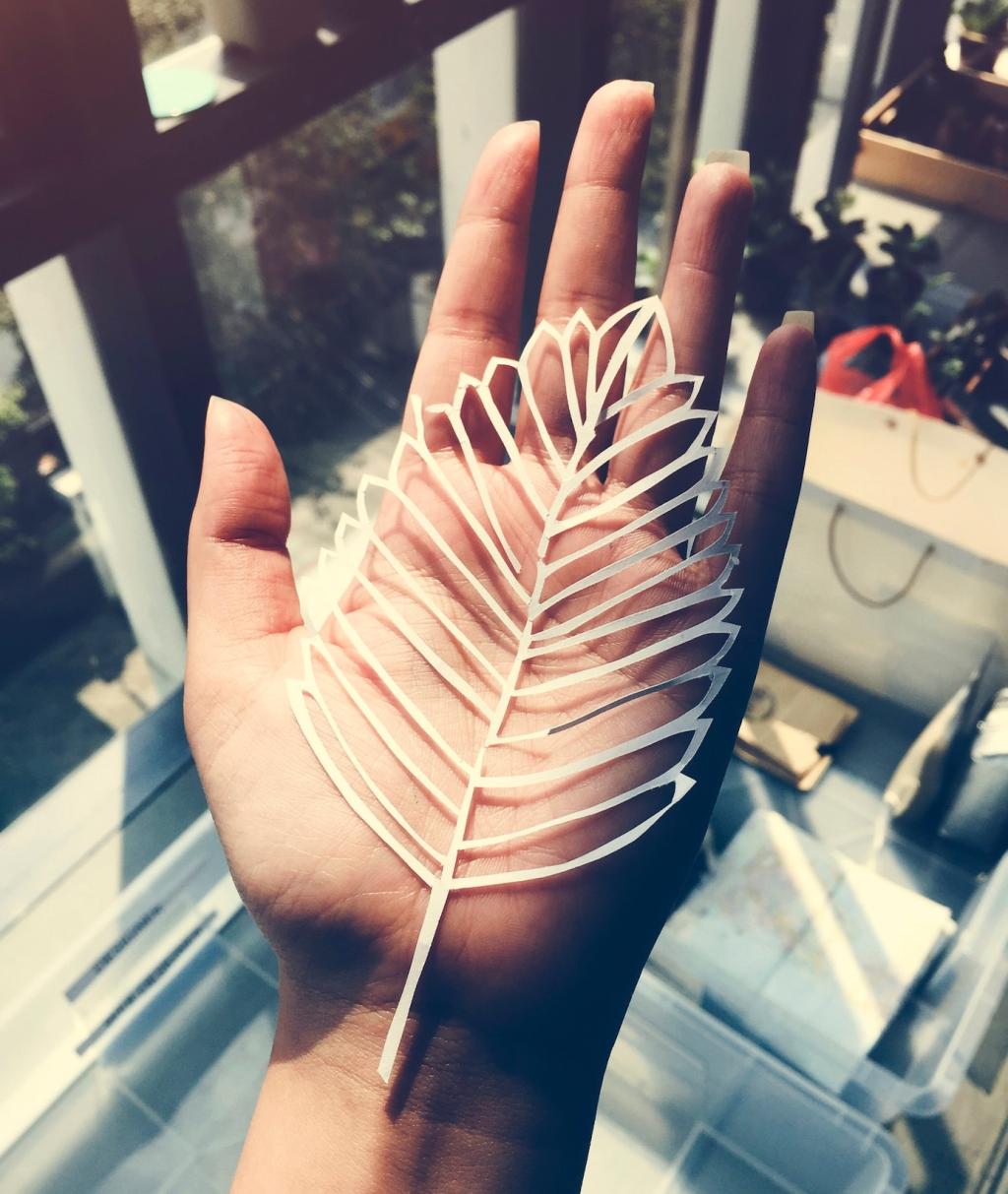
Sustainable Textile and Fabric Choices: Build a Wardrobe That Honors Planet and People
Chosen theme: Sustainable Textile and Fabric Choices. Explore practical, inspiring ways to choose fabrics that tread lightly, feel wonderful, and last longer. Join our community conversation—share your questions, swaps, and discoveries, and subscribe for fresh ideas every week.
Beyond Buzzwords: What “Sustainable” Really Means
Sustainability in textiles touches people, planet, and longevity. It looks at farming or feedstock, chemical inputs, water and energy, worker welfare, durability, and circular options. Ask brands about traceability and celebrate garments designed to be loved, repaired, and reused for years.
Certifications You Can Trust
Look for credible standards like GOTS for organic cotton, OEKO-TEX for tested harmful substances, Bluesign for safer chemical management, and FSC for responsibly sourced wood pulp. Certifications are not perfect, but they offer verifiable checkpoints beyond marketing claims.
Lifecycle Thinking: From Seed to Second Life
A sustainable choice considers the whole journey: raw material, spinning, dyeing, transport, use, and end-of-life. Choose durable fabrics, wash gently, and plan for repair or resale. Tell us which lifecycle stage you prioritize most and why it matters to you.
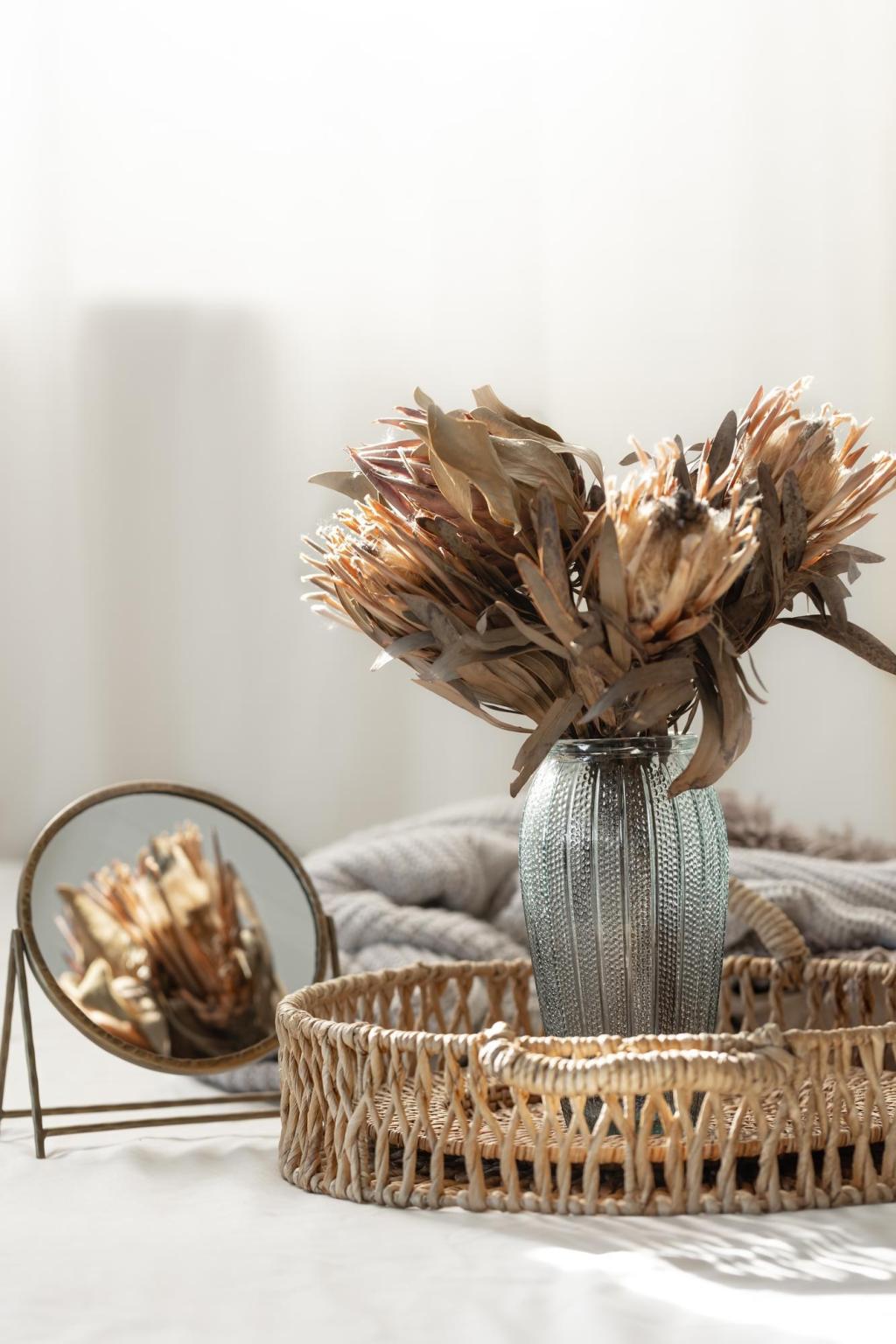
Natural Fibers Done Right
Organic cotton avoids synthetic pesticides and supports healthier soils, while regenerative approaches emphasize biodiversity and soil carbon. Verify claims with GOTS or Organic Content Standard. Choose undyed or low-impact dyed options, and celebrate cotton that is sturdy, breathable, and made to mend.
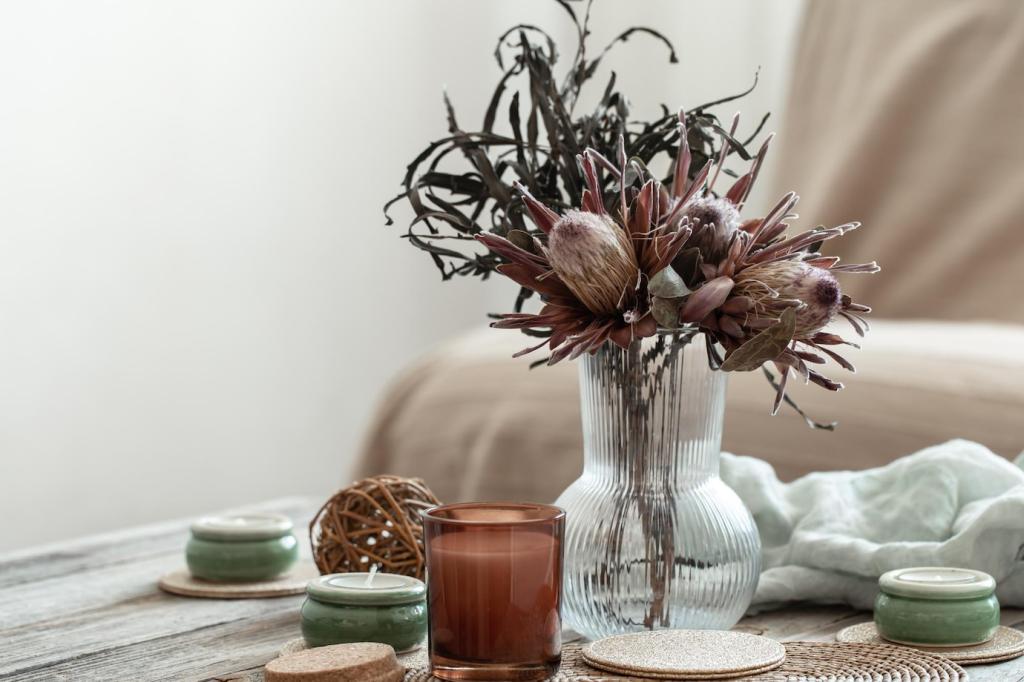
Next-Gen Cellulosics and Bio-Based Textiles
Lyocell uses a solvent recovery system that recaptures the vast majority of chemicals, reducing pollution and water use compared with many conventional viscose processes. Choose certified wood pulp sources and feel the fabric’s cool drape, breathability, and impressive strength when wet.
Viscose and modal can be positive choices when the pulp is traceable and forests are protected. Look for FSC certification and CanopyStyle-aligned suppliers. Responsible chemistry and wastewater treatment matter just as much as the soft hand-feel you love.
Materials like Piñatex from pineapple leaves and mycelium-based leather alternatives are evolving fast. They can valorize agricultural byproducts and avoid animal inputs. Ask about coatings, durability, and repairability—and tell us which bio-based experiments you’re curious to try next.
Recycled polyester often comes from PET bottles, while recycled nylon can originate from fishing nets and industrial scraps. Textile-to-textile recycling is growing. Prioritize high-quality weaves, robust stitching, and timeless design so your synthetic garments last and stay loved longer.
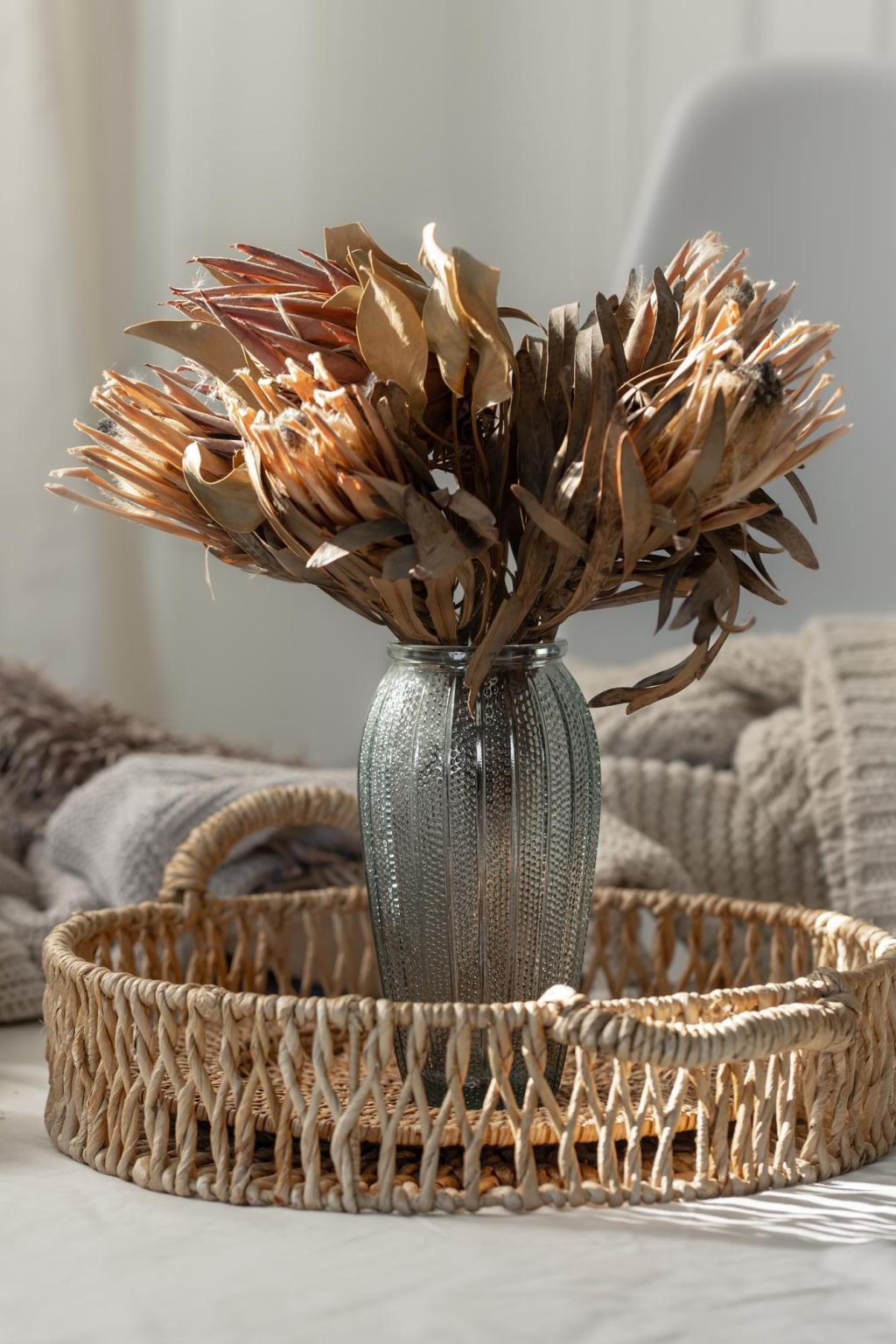
Smarter Shopping and Wardrobe Planning
01
Read the Label Like a Detective
Investigate fiber content, origin, dyeing, and certifications. Be wary of vague claims like “eco-friendly” without specifics. Ask brands about supplier audits, wastewater treatment, and repair programs. Screenshot answers and share them with our readers who value transparency and proof.
02
Secondhand, Repair, and Deadstock
Thrifting and swapping reduce demand for virgin fibers. Deadstock or mill-end fabrics can be great for sewists. Learn basic mending, from patching elbows to darning socks, and tell us about the longest-lived piece you rescued from a donation pile.
03
Cost-Per-Wear and Emotional Durability
A higher upfront price can become affordable when worn often and cared for well. Emotional durability matters too: pieces tied to memories get chosen more. Share your most cherished garment story and how it kept you from impulse buying.
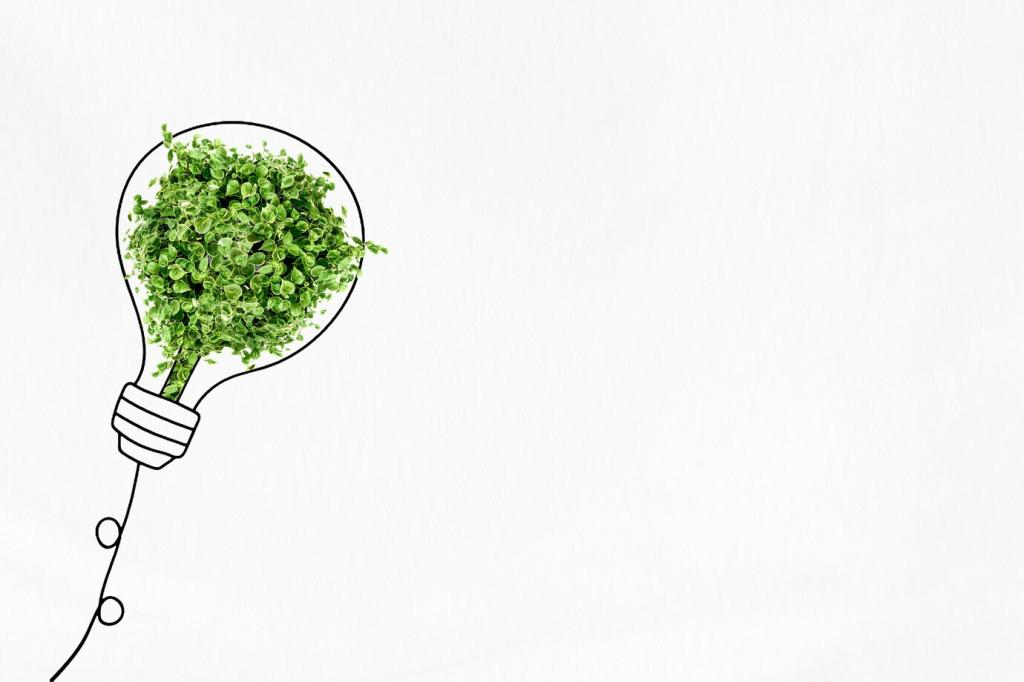
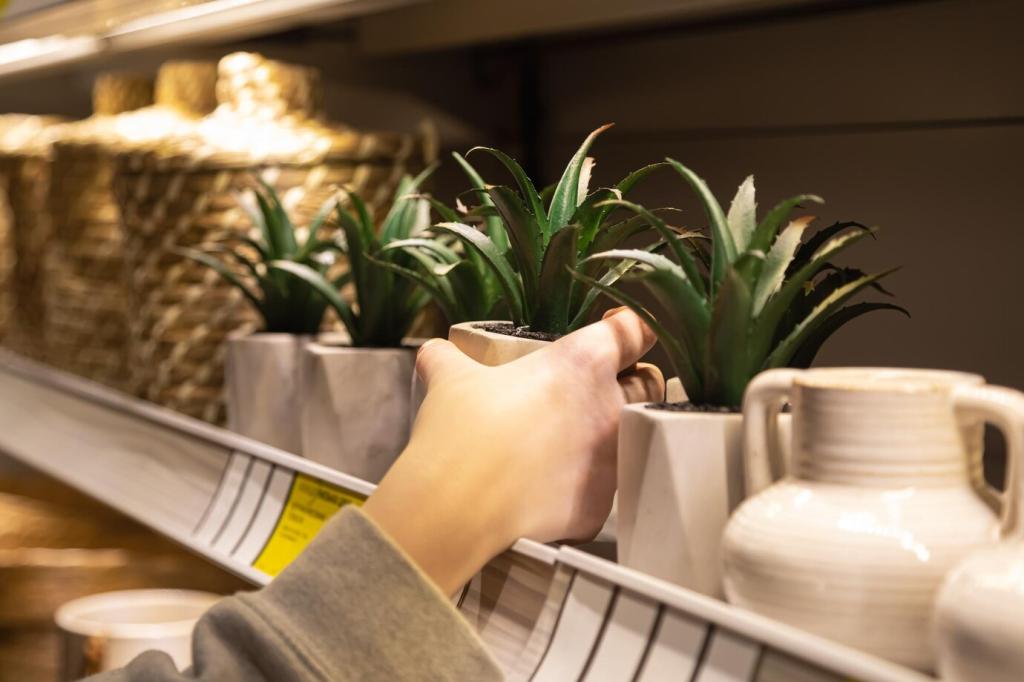
Care, Use, and End-of-Life Strategies
Wash cool, use gentle detergents, skip fabric softener, and line dry to protect fibers and save energy. Spot clean when possible. Share before-and-after care photos and your favorite eco-detergent recipes or brands that genuinely work.
Care, Use, and End-of-Life Strategies
Visible mending turns repairs into art. Host a darning night, trade patches, and document projects. My friend’s wool sweater carries bright sashiko stitches from three winters—a wearable diary that sparked countless conversations about caring and community.
